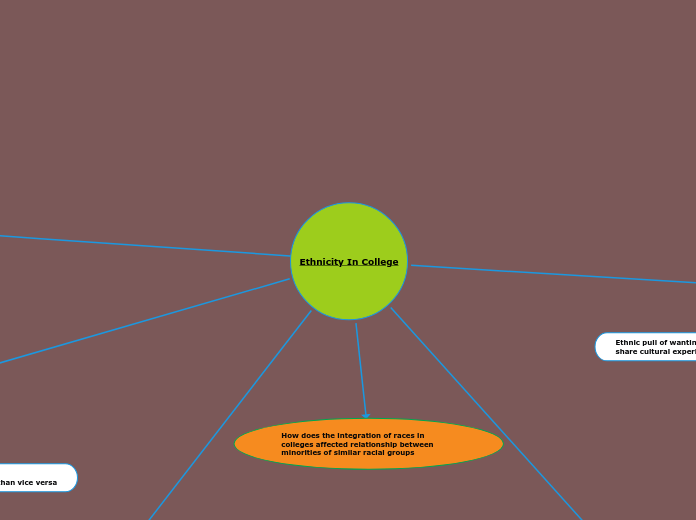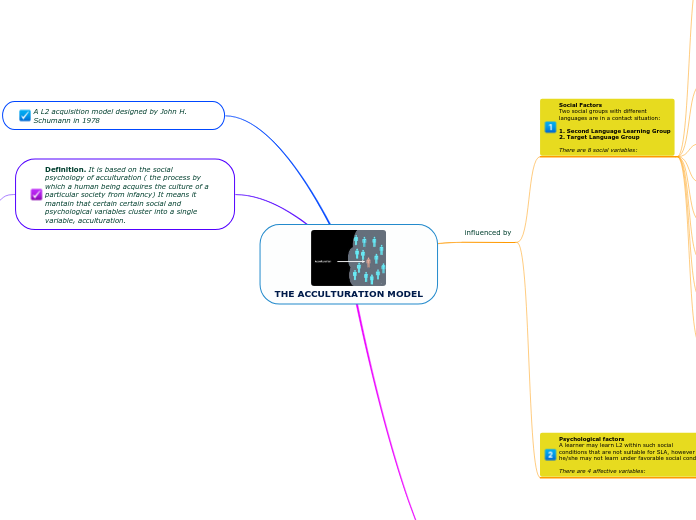av Leony Henriquez 3 år siden
177
Ethnicity In College
The dynamic of racial and ethnic identities in college settings reveals complex interactions influenced by shared experiences and societal structures. Students from diverse racial backgrounds often form close-knit groups, especially minorities who bond over common cultural experiences and as a response to racial tensions with white students.









